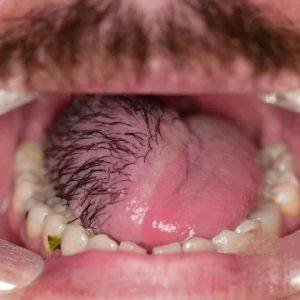Breast size varies greatly among women, leading to myths and questions about its causes and possible links to vaginal anatomy. Science is clear: there is no connection. “Myths connecting the two lack scientific basis and likely stem from cultural assumptions rather than biology.”
Genetics are the main factor. If close female relatives have large breasts, the trait is often inherited, influencing tissue composition and shape. Hormones—especially estrogen and progesterone—also play a major role during puberty, pregnancy, and menstrual cycles, increasing fatty and glandular tissue.
Body fat percentage matters since breasts are mostly fatty tissue. “Women with more body fat often have larger breasts,” while weight loss can reduce size. Pregnancy and breastfeeding enlarge breasts due to glandular growth and milk production; some return to pre-pregnancy size, others don’t.
Hormonal medications like birth control can cause temporary swelling from fluid retention. Rare medical conditions such as macromastia or gigantomastia cause abnormal growth due to hormonal or genetic factors.
In short, large breasts are caused by genetics, hormones, body composition, and sometimes medical conditions—not by anything related to the vagina. Understanding the science helps replace myths with respect for natural body diversity.




